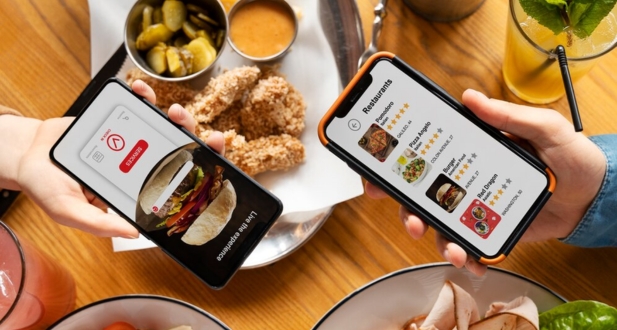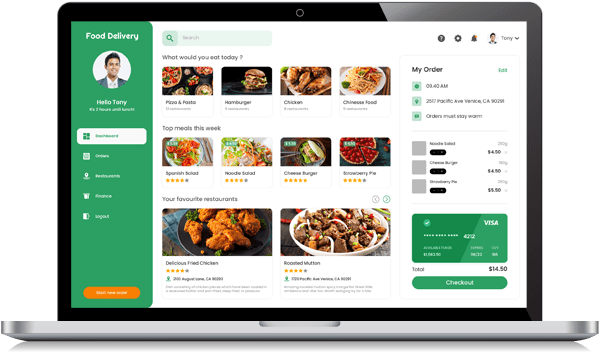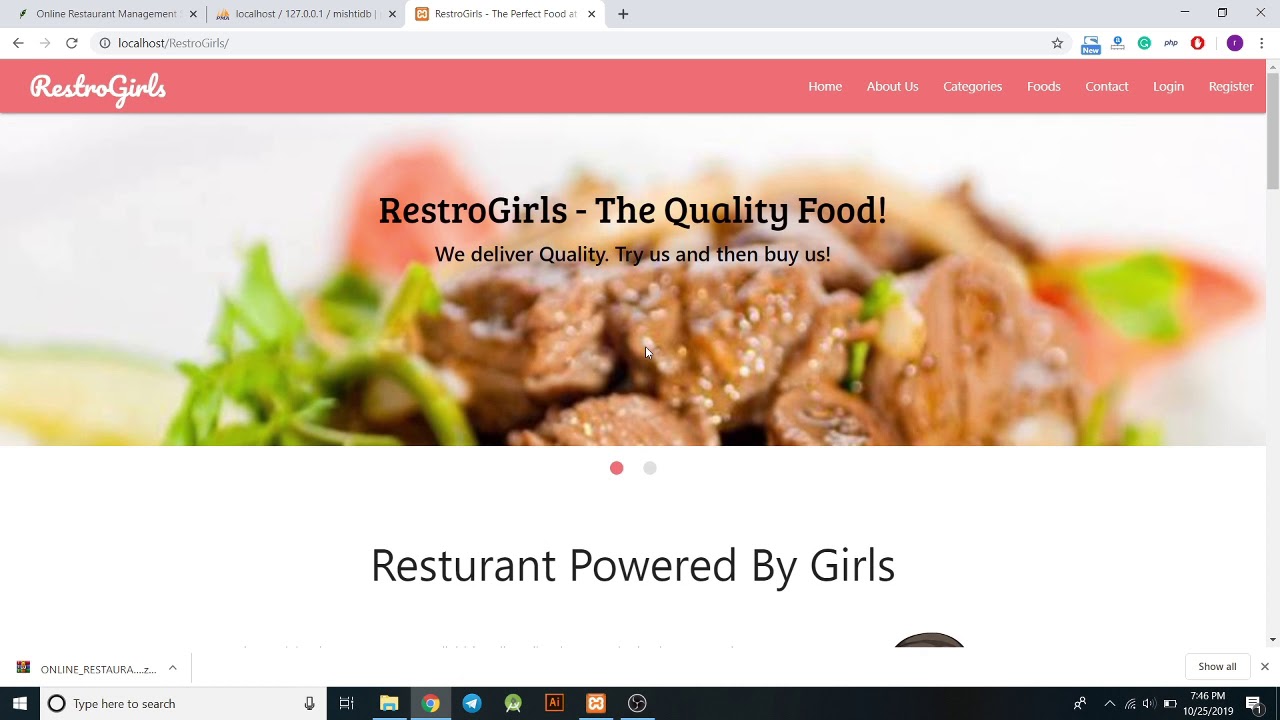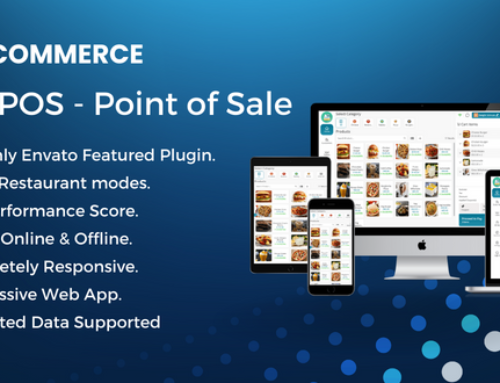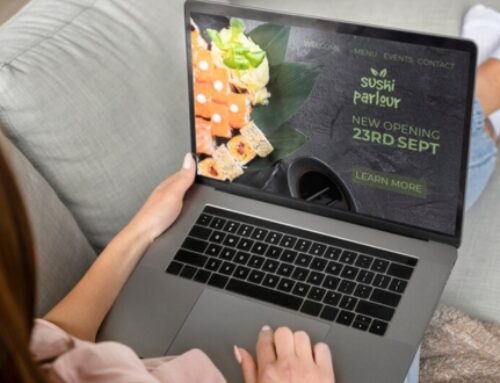This online restaurant management system is an all-in-one restaurant management solution with a restaurant point of sale. This system was created to streamline a restaurant’s daily operations. This system includes an entirely automated online ordering system, a website, a cloud kitchen, a mechanism for taking orders using QR codes, and a desktop or offline application. User-friendly POS to control your sales and restaurant food production management system. Additionally, we have created apps for it. Customers may quickly order food from websites or Android apps and reserve their table, position, waiter, etc., for lunch or supper from any location. The admin can also keep an eye on everything from the admin panel.
Features of The Finest Restaurant Website and Management Software:
- Restaurant POS software- Restaurant point-of-sale (POS) systems consist of both the software and the hardware that are used in restaurants to take orders from guests, process payments, keep track of food inventories, and ultimately manage the entire operation from the front of the house (FOH) to the back of the house (BOH).
- Order Management System- An order management system is a software application that takes the manual steps out of managing orders and replaces them with fully automated procedures. It enables you to manage your inventory, sales, and customer information in a single location, making it simple for you to access all of this information whenever you need it, regardless of where you are.
- Kitchen Dashboard- They are interactive Kitchen Dashboards that are packed with helpful functionality, and they also have the ability to attract customers and raise the number of sales.
- Order time Countdown- Once you place an order, the countdown will begin, and the delivery will occur at the scheduled time.
- Production Management- A course that combines the food sciences with management abilities is both an interesting and demanding option. This subject is known as food production management.
- Purchase Management- Purchasing goods and services from third-party vendors is known as purchase management. The management of purchasing, receiving, examining, and approving purchase orders is included in this function.
- Real-time Reports- Restaurant real-time data report. Gathering data through business intelligence can assist in finding solutions to problems and reduce financial and business risks.
- Account Management- Cash flow, inventory levels, and income statements are all monitored by accountants who work in restaurants.
- Human resources management- Manage the payroll and ensure that accurate records are kept of all payments. Keep an eye on the attendance of workers as well as their work schedules, which should include paid breaks, overtime, and vacation time.
- Table Reservation- Online reservation is available for the customer’s convenience.
Other benefits of this application:
- Display a menu of food and drinks in any mobile device with a screen size other than the default. Tablets and smartphones are two examples.
- The mobile application should not be dependent on the platform it is running on (iOS or Android); check to see if it supports many languages. The add-ons module and the payable one are distinct from one another.
- The menu for the food and beverages can include pictures (and even videos).
- Admin panel for the restaurant administrator, which allows the administrator to execute operations such as creating, reading, updating, and deleting menu items.
- The restaurant administrator will be able to create a new user and give that user role such as waiter and administrator.
- The customer has the option of ordering one or more individual food and drink items.
- After the order has been accepted by a waiter, the customer should receive a “order acceptance” notification.
- If there are N waiters, and each one of them is attentively listening for orders from customers, and one of them, waiter W1, accepts an order from a customer, then the other waiter, waiter W2, should not have any access to or influence over the order O1.
- The waiter has the ability to manually add, update, and delete orders that the system has created.
- Option on the Menu: Each dish may come with a choice of spicy level, lemon, or sauce, in addition to a remark area where customers can leave further feedback. The waiter is able to edit the client screen at a later time for any and all manual entries.
- Before the order is added to the queue, the customer has the option to either cancel or make changes to the order.
- The word “Booked” will appear in the table until the consumer has paid their bill in full.
- The kitchen personnel, including the cook and the chef, will be able to see that the order has been finalised by the customer and added to the queue. At that point, they will be able to send an acknowledgement of the order getting there.
- In addition to a conventional inventory, the system will maintain an inventory of the ingredients, and when an order is being processed in the kitchen, the administrator will be able to see how much of each ingredient has been eaten, and the system will notify them if there is a shortage of any of the ingredients.
- Customers have the option of paying with cash or a card.
